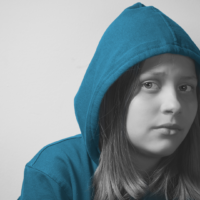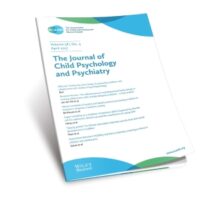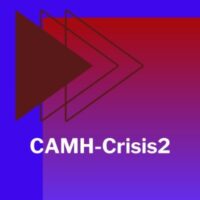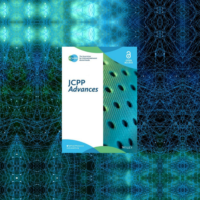Self-harm is an increasingly recognised phenomenon and one of the strongest predictors of suicide, which continues to be one of the leading causes of death in young people world-wide. Self-harm can take many forms and may present with or without suicidal intent and both in the context of mental disorder, and without.
Self-harm & Suicide
-

‘Suicide and self-harm; The Research, The Evidence, The Interventions’ Emanuel Miller Memorial International Online Conference
Delegates Only. A critical topic that all those working in the field of child and adolescent mental health should know about. Learn about the latest research, the different types of interventions, and the evidence base that supports this.
Read more -

Melatonin use and the risk of self-harm and unintentional injuries in youths with and without psychiatric disorders
Open Access paper from the JCPP – ‘This study investigated whether melatonin, which is the most common medication for sleep disturbances in youth in Sweden, is associated with a decreased risk of injury. Analyses were stratified by sex, injury type, psychiatric comorbidities and age at melatonin-treatment initiation’. Marica Leone (pic) et al.
Read more -

Research Review: Autonomic dysregulation and self-injurious thoughts and behaviours in children and young people: A systematic review and meta-analysis
Open Access paper from JCPP Advances – ‘Self-injurious thoughts and behaviours (SITBs) have been associated with dysfunction of the Autonomic Nervous System (ANS) in children and young people, suggesting that objective ANS measures may aid assessment of suicide risk, but a systematic synthesis of this literature is currently lacking.’ Alessio Bellato (pic) et al.
Read more -

Research Review: Viewing self-harm images on the internet and social media platforms: systematic review of the impact and associated psychological mechanisms
Open Access paper from the JCPP – ‘We reviewed studies of potential impacts and mechanisms associated with viewing self-harm-related images on the internet and social media.’ Karima Susi et al.
Read more -

Mortality risk following self-harm in young people: a population cohort study using the Northern Ireland Registry of Self-Harm
Open Access paper from the JCPP – ‘The aims of this study were to describe the characteristics of young people who present with self-harm; quantify the risk of suicide and other causes of death during follow up, and to identify factors associated with mortality risk’. Emma Ross (pic) et al.
Read more -

Crisis care for children and young people
CAMH-Crisis2 is an NIHR research funded study exploring mental health crisis services for children and young people up to 25 years in England & Wales.
Read more -

JCPP Advances 2023 Lectures ‘What the research tells us; Anxiety, Neurodiversity, Suicide, and Genetics’
This free webinar features a series of five fantastic 10-minute lectures from leading researchers, academics and practitioners on key topics in the field of child and adolescent mental health.
- Event type
- FREE live stream
-

Practitioner Review: Common elements in treatments for youth suicide attempts and self-harm – a practitioner review based on review of treatment elements associated with intervention benefits
Paper from the JCPP – ‘This review highlights key treatment elements associated with efficacy that community practitioners can incorporate in their treatments for youth presenting with suicide/self-harm behaviors.’ Jocelyn I. Meza (pic) et al.
Read more -

Emotional Dysregulation, Disordered Eating, and Self-harm: Associations and Mediating Pathways
In this ‘Papers Podcast’, we are joined by Dr. Naomi Warne (pic) and Dr. Helen Bould to discuss their JCPP paper, ‘Emotional dysregulation in childhood and disordered eating and self-harm in adolescence: prospective associations and mediating pathways’.
Read more -

A qualitative study of young people’s lived experiences of suicide and self-harm: intentionality, rationality and authenticity
Open Access paper from the CAMH journal – ‘Using semi-structured interview methods and reflexive thematic analysis, this study explores how 24 young people aged 16–24 in Scotland, UK made sense of their lived experiences of suicidal thoughts and feelings, self-harm, and suicide attempts.’ Hazel Marzetti (pic) et al.
Read more